So goes the ballad of Montmartre, the irresistible butte on the edge of Paris,
a gathering place where eccentrics, artists and (too many) tourists hang out.
On every trip to Paris we always make time for the historic hill,
hoping to drink in some of its storied past and village-like atmosphere.
But mostly we go because it's our chance to snare a taste
of their artistic holy water, our hopes high with the possibility of
absorbing some of its edgy aesthetic for a few memorable hours.
Where is a good place to begin?
Not necessarily where you might think; Place du Tertre? The Moulin Rouge?
Contrary to popular opinion, I recommend a museum --
Le Musée de Montmartre -- located just a few cobblestone streets
away from the party crowd on laid back rue Cortot.
So why would anyone suggest a time out from all that fabulous
Mardi-Gras-style-merrymaking
to walk through the halls of a stodgy/conventional museum?
Read on, s'il vous plait, because this may be just the place to
discover the artiste that lies buried deep in your soul.
 You'll do a high kick when you see how much art is devoted to the cancan.
You'll do a high kick when you see how much art is devoted to the cancan. The 17th century building was first conceived as a "country villa" by dramatic actor/playwright Claude de la Rose, a man better known as Rosimond.
His pastoral retreat included several acres because even in
1680 Paris, life was hectic and the rolling natural landscape
seemed like the perfect solution.
Those early ties to the theater served as a foreshadowing of its future.
Extending a flair for the dramatic, the property was converted into art
studios, and by 1865 set the perfect stage for emerging artists of the period.
The very names we most recognize and venerate today made it their local
hang out, and over the years it became a gathering spot for the likes of
Renoir, Maurice Utrillo, Raoul Dufy and Toulouse-Lautrec, just to name a few.
Their combined love of art and pursuit of pleasure married their easels
to the Bohemian Montmartre lifestyle where it was universally accepted to
live a ragged lifestyle in run-down houses and bawdy cabarets.
Visionaries to the end, they were in the right place at the right time,
a neighborhood that awakened their emotional highs and creative genius.
"I've learned that people will forget what you said, people will forget what you did, but people will never forget how you made them feel." Maya Angelou
an archaeologist's pick to uncover all manner of Montmartre artifacts.
Everything is logically presented -- a hit parade of paintings, photographs,
furniture and posters, all representing the era of Montmartre's artistic glory.
Le Musée de Montmartre, first established in 1960, has been carefully restored
and curated several times over the years, with special effort dedicated to
the 300-year-old mansion that is the cornerstone of the property.
The museum is spread out over two buildings and includes a garden -- Jardin de Renoir -- rightfully named as it was here where one of the greatest leaders
of the Impressionist movement painted his famous work "The Swing".
I got goosebumps seeing this pretty jardin -- swing included -- easily
projecting myself into the charming scene Renoir so vividly painted.
My favorite room of all is the studio-apartment of Suzanne Valadon,
its extraordinary light and breathtaking view almost startling.
If only that wall of windows could talk!
One of just a handful of women who enjoyed success in the
macho male dominated world of the Paris art scene,
Suzanne Valadon's life was somewhat of a melodrama itself.
This working girl started out as a circus performer.
Following a frightful fall from the trapeze, she rose to a
new level of daredevil -- as an artist's model.
In those days, artists and their models routinely formed an intimate relationship.
A dalliance in the studio oftentimes didn't just produce a great canvas;
more often than not, it produced a whole new generation....
Suzanne's nature was to offer "everything" her career demanded,
thus the rumor that her unplanned pregnancy was the result
of amour fou with one of her famous employers.
The baby-daddy could have been Renoir, Pierre Puvis de Chavannes,
or perhaps another painter who staged her long limbed body
on the "casting couch" -- she wasn't telling.
Whether or not one of those celebrated artists fathered her son,
Suzanne gained much from those relationships.
Talk about life imitating art!
Suzanne Valadon became more and more interested in the artist's
palette, absorbing both technique and passion from the very
artists who captured her essence time and time again.
You cannot buy that sort of education.
Valadon's art was well received and another Montmartre star was born.
Toulouse-Lautrec and Edgar Degas both encouraged her budding career
and by 1894, Suzanne became the first female painter admitted to
the Societé des Beaux-Arts, a who's who of the best artists in Europe.
And in a turn where truth is stranger than fiction, her love-child
became an artist as well, one whose name is synonymous
with both art and Montmartre -- the unrivalled Maurice Utrillo.
"The purpose of art is washing the dust of daily life off our soul."
Pablo Picasso
He had a front row seat on the Montmartre fantasy we hold dear -- empty
bottles of absinthe -- long legs, leering eyes, the Cancan -- windmills,
bohemian cafés, untidy streets and joie de vivre -- warts and all.
After all, this was the stuff of every day life, just outside his front door.
Utrillo struggled with a double-whammy of alcoholism and mental illness so whenever he felt somewhat "healthy", he used his pain to obsessively paint.
He loved using the imperfections of buildings and street scenes -- easy to find
in Montmartre -- and soon both art critics and public were buzzing with praise.
Even today, you'll see his work reproduced on half a dozen Paris postcards.
Montmartre's revolving door of indelible talent lasted until around
1912 when many artists abandoned the right bank and flew the coop
to the hip new left bank neighborhood-du-jour, Montparnasse.
Musée de Montmartre captures the district's foremost period in the sun.
It feels like a genuine neighborhood museum with walls that talk.
Montmartre gets to tell its own story, reminding you
the streets of the neighborhood were the real studio.
The fine line between living the good life and living in squalor
define the neighborhood, the art & the artists with
hardly an ounce of daylight between them.
Yes, the myth is probably better than the reality but
wouldn't you kill for a day in the life of one of those artists?
to contrast "the good old days" with present-day times.
Grab the chance for a front row seat.
I'm glad I live in the here and now but how I treasure the moments I'm
able to escape back to a different time and this museum is just the ticket.
Embrace the very scene that inspired the legendary art
and the streets that became the famous artists' ateliers.
A museum like this will recharge your battery and
help you connect with both art and artist on an emotional level.
Much like Gil in Woody Allen's "Midnight in Paris", it bridges
the gap between the Paris of old and the Paris of now.
So by all means, when you're in the neighborhood, whoop it up, Party Animal!
Sexy food and wine, art & architecture hit the right nerve with just about everyone.
Just remember to save a bit of energy for the neighborhood museum
and its extraordinary capacity to bring Paris' most famous "village" to life.
Musée de Montmartre, where the "natives" live on.
"Art enables us to find ourselves and lose ourselves at the same time."
Thomas Merton, Writer & Theologian

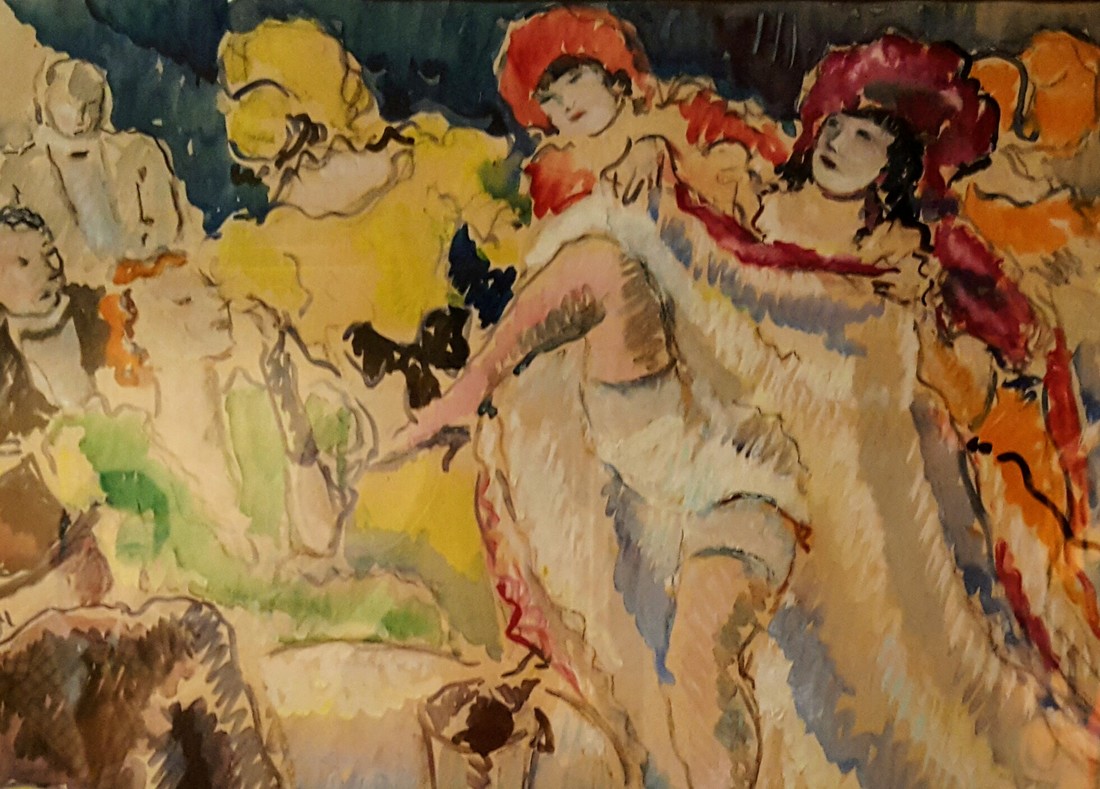




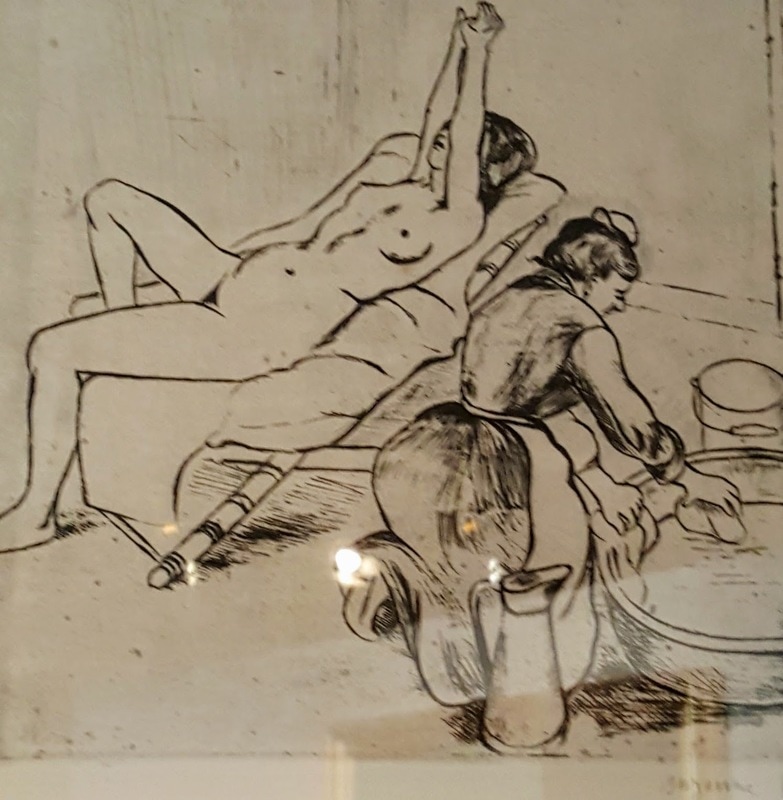

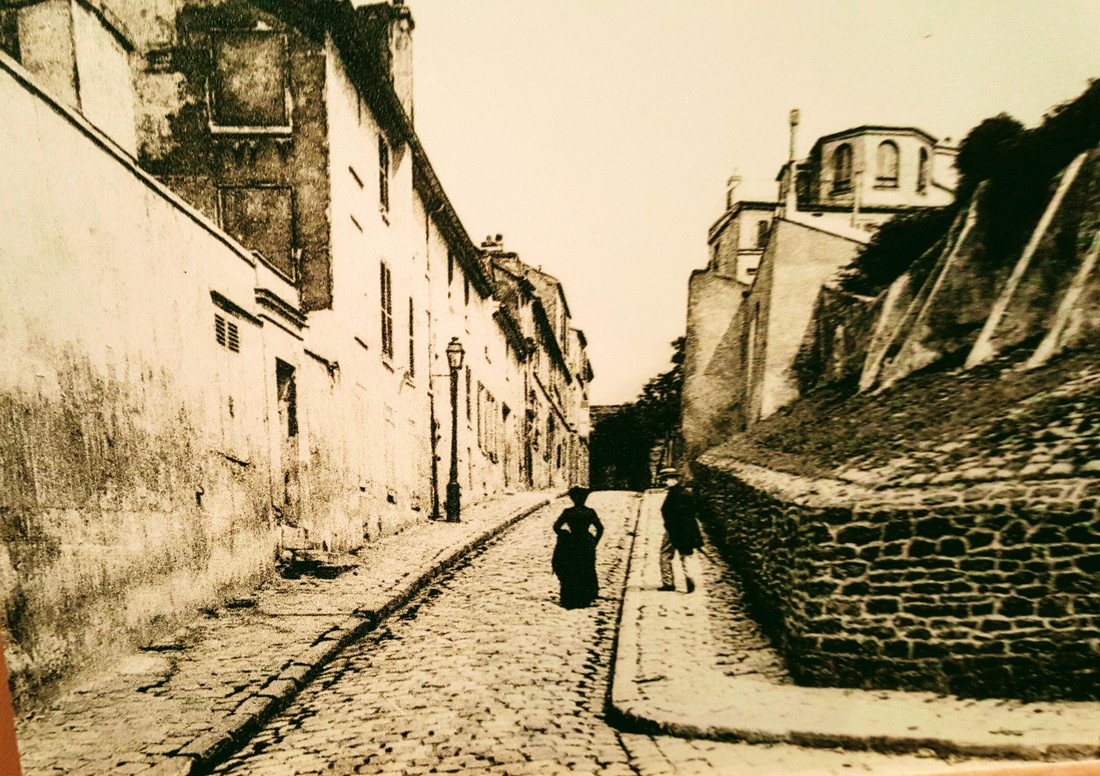
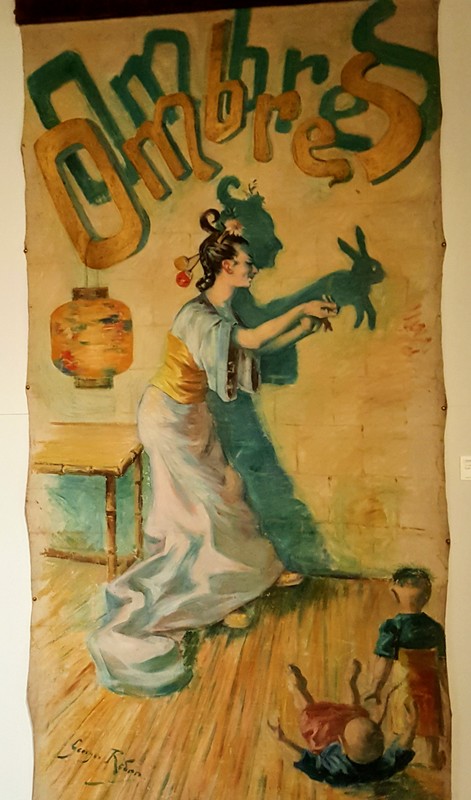



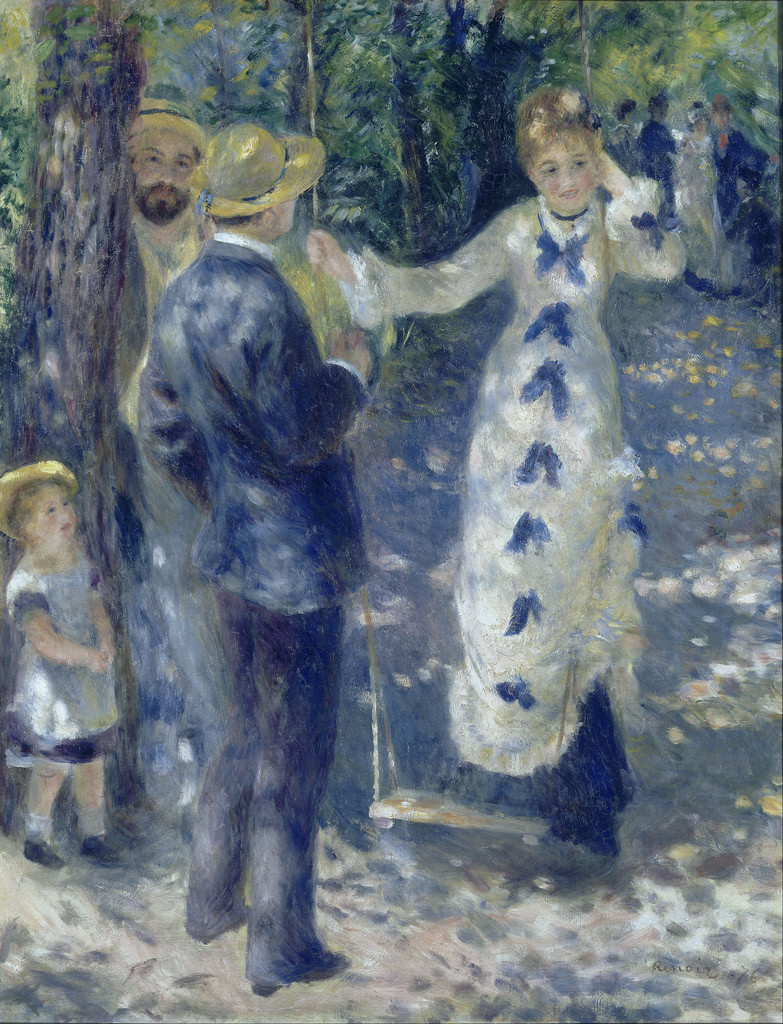
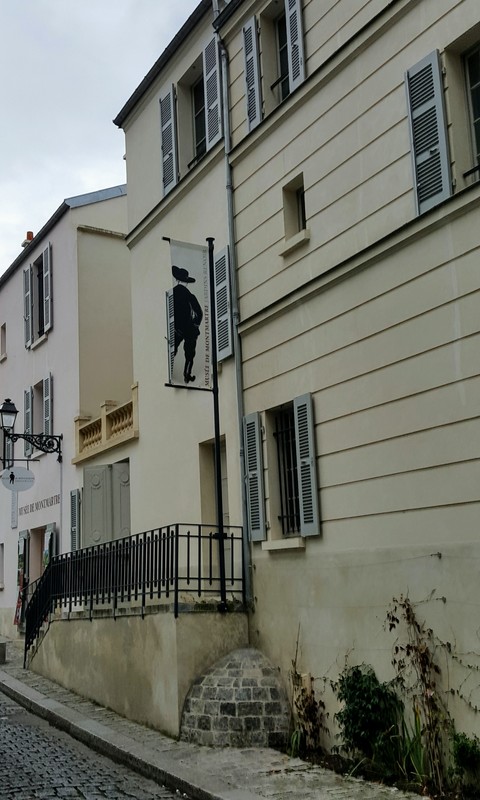
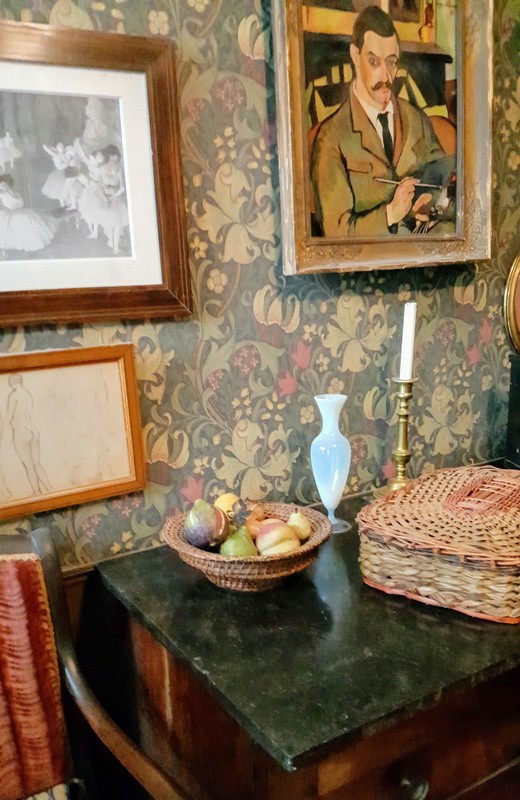
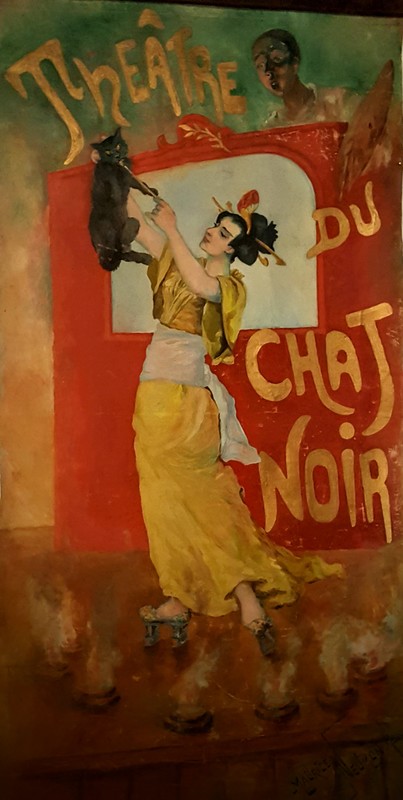
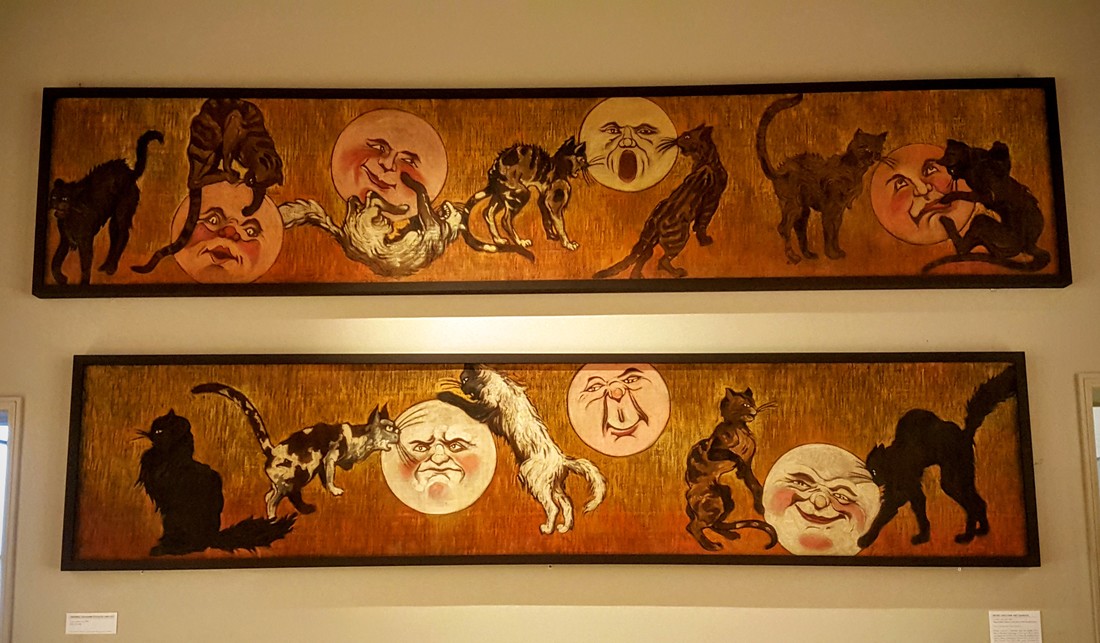
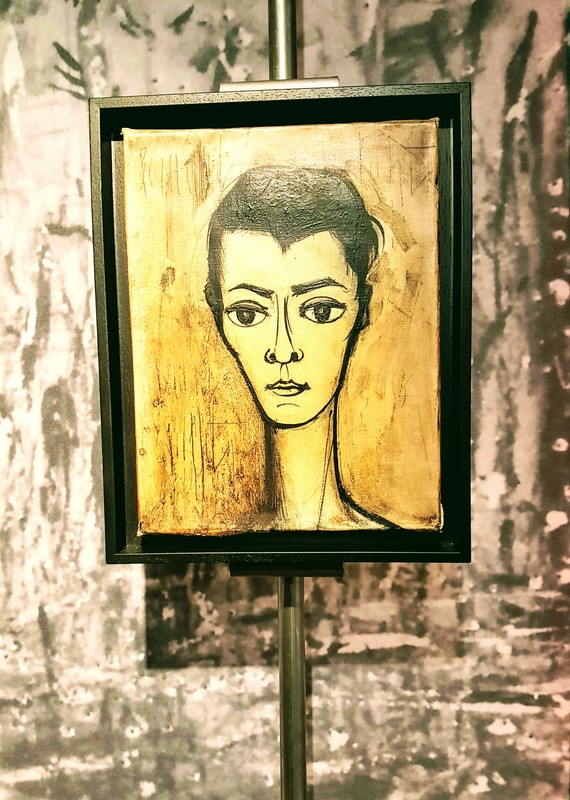



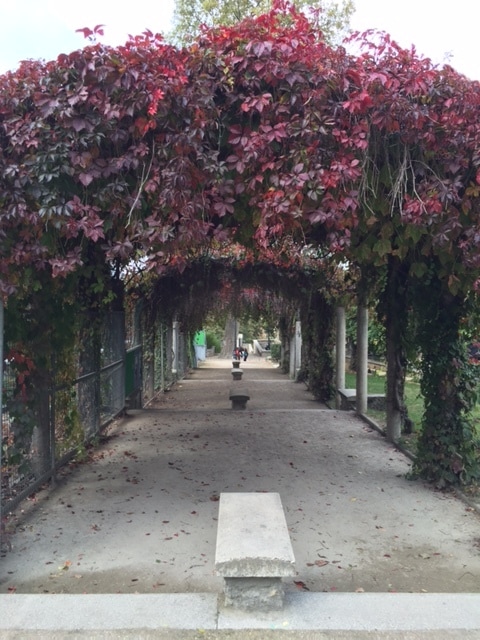
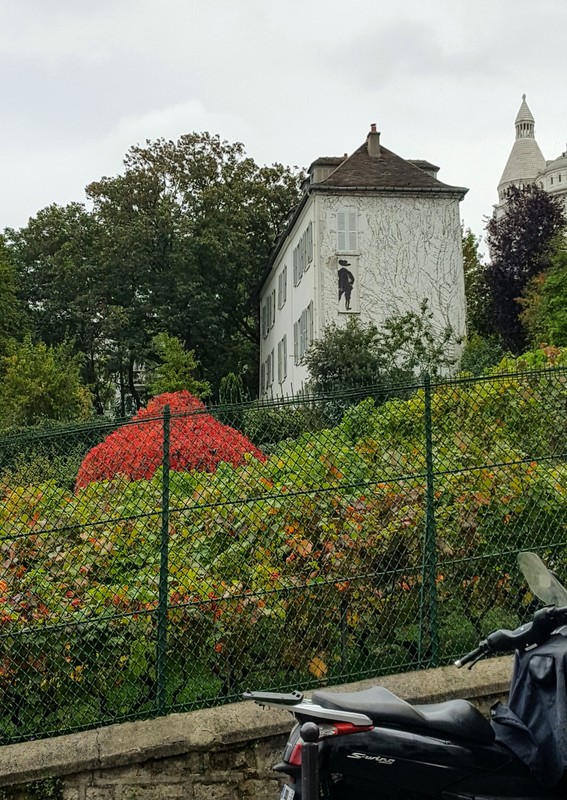
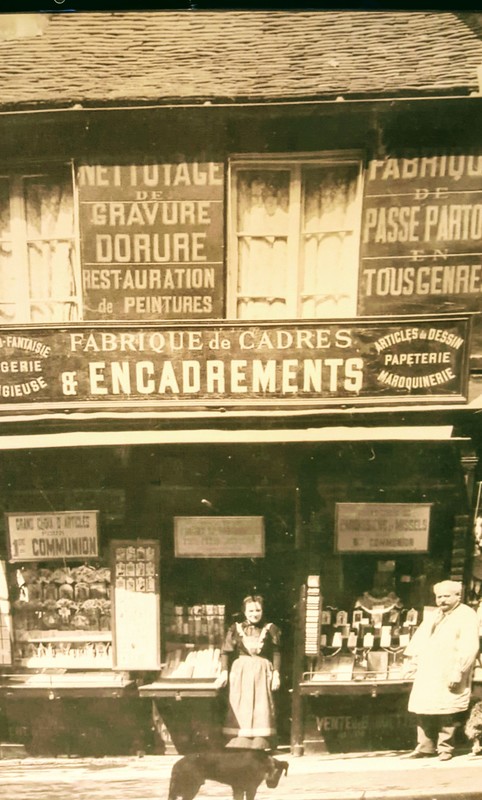
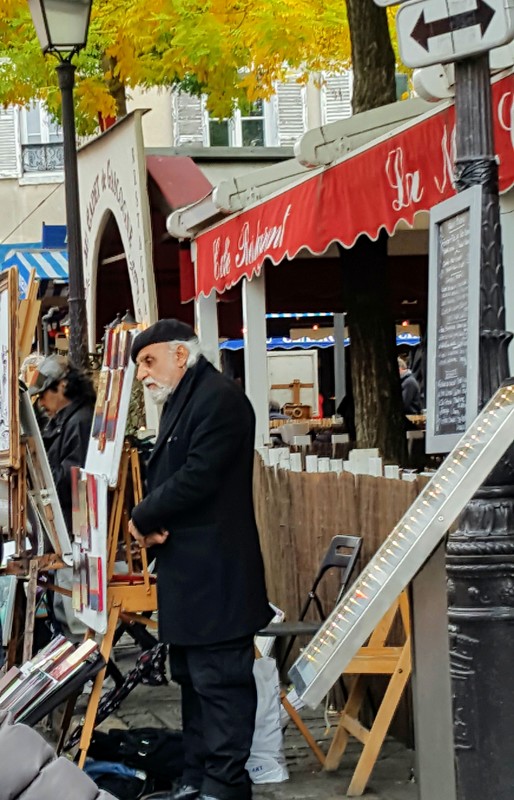

 RSS Feed
RSS Feed
